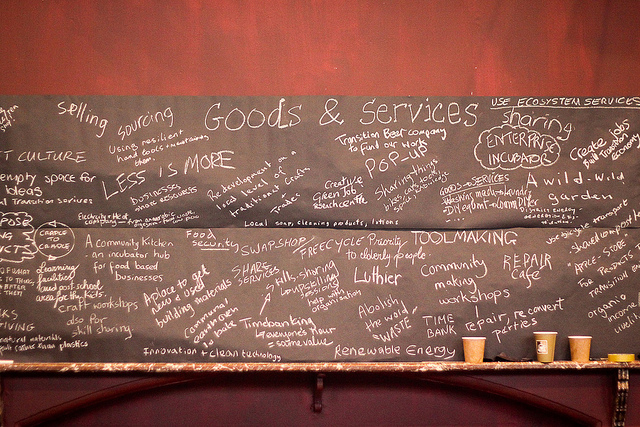Insight is a new way of seeing a problem, a new awareness or understanding. It becomes possible when a problem is first recognized, then addressed and considered in different ways. Insight can lead to discovery and innovation and that is usually a good thing. Writing teams are made up of people from various parts of an organization who…
How do you know you are writing collaboratively?
If you write in a business context, you are probably writing collaboratively. You might not know it, though. It is important to be sure. It saves a lot of trouble with mistaken assumptions and not being able to deliver. So at what point did you start writing collaboratively? Was it: While you were writing the first draft? After you…
Law 10. Celebrate, then evaluate
Today, I received a letter from a project leader in the mail. I chuckled and got a warm, fuzzy feeling. Here I was, thinking about the tenth and last law of collaborative writing—how important it is to recognize all collaborators and celebrate your collective achievement. Then a thank-you note arrives. (And I did not Photoshop that time stamp….
Collaborative Writing Law 7. Model thy structure and content
Why do we try to reinvent the wheel? The world is full of examples of how information can be organized. Pick a content model. Any model! Well, you’re right. Not just any model will do. You want the one that fits your content best and helps your team manage the work. That’s why knowing the requirements and…
Your collaboration tools may be useless
State-of-the-art collaborative tools are about as useful as a box of hammers (see photo) if no one is clear on the aim of the project. It is misguided to think that your team has a good collaborative environment just because everyone shares the same database, or that a specific social media tool is all you need to get…
Is your organization losing its mind?
Your team is compiling hundreds of pages to support your organization’s product. It takes months, sometimes years. So you can expect the faces at the table to change over time. Writing in organizations takes planning. If the team members take all the expertise with them, the collaborative writing project could be affected. And the organization might feel…
Model 3 – Collaborative teams
Of the three models of writing processes in organizations, collaborative teams are the most likely to produce successful documents. All the roles and responsibilities for producing the document are represented in a structure that supports the project: content specialists, writing experts, editors, designers, administrators, even contracting authorities who look after the final output. It is more time-consuming…
Model 2 – The writing shop
Our second model of writing process shows a group of writers working together to produce documents for the organization. On the surface it may seem that nothing is wrong with the writing shop model. One problem is that the shop may be just a collective of lone writers. Other characteristics of a writing shop is that they…
Model 1 – The lone writer: A lose–lose situation
The lone writer model is more common in organizations than you might think. Whenever work is sent to a single person for execution, either to someone in the organization or to a freelance writer (often the same person each time, since that person knows the organization very well), the lone writer model is being put into action….
Which writing process does your organization follow?
There are three main types of writing models that can be used to produce documents in organizations: Model 1. The Lone Writer, where one person does most of the writing for the organization Model 2. The Writing Shop, where a bank of writing specialists produce documentation Model 3. The Collaborative Team, where various writers and subject matter…










